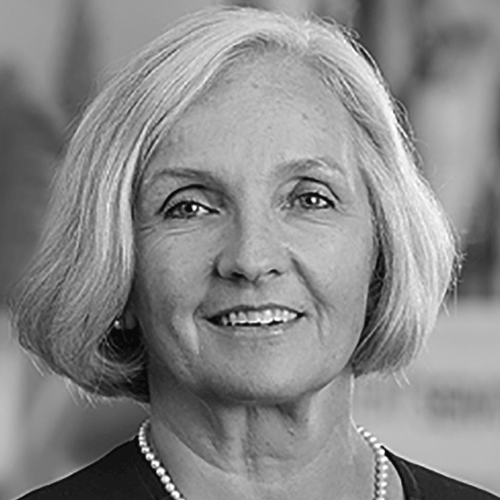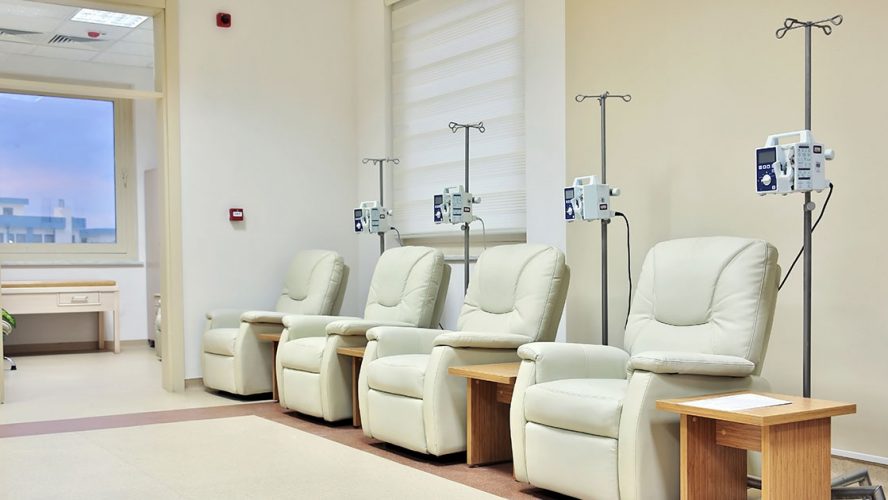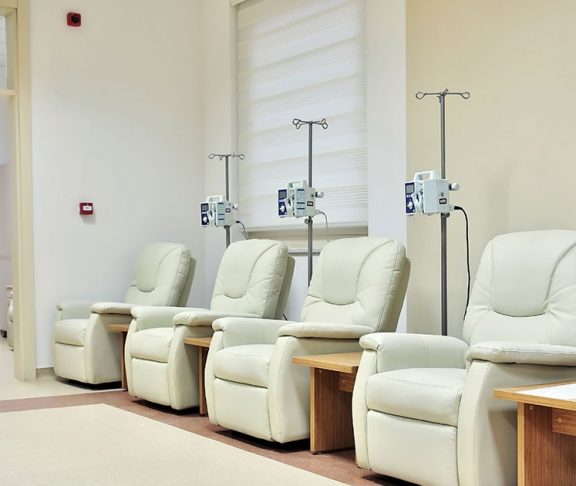Two healthcare providers give advice to newly diagnosed patients and discuss their excitement about clinical trials.

Susan Burke, RN, MA, CPNP, CPHON
President, Association of Pediatric Hematology/Oncology Nurses
What are some of the most common concerns a newly diagnosed patient expresses to their doctor or nurse?
Often, the first few weeks after the diagnosis can be quite overwhelming. It is a time where emotional responses to the diagnosis can be quite varied, when families are expected to learn about the disease and treatment. A child’s response may be different depending on their age at diagnosis and level of understanding. Concerns may include: Is the cancer curable? Can I die? What type of treatment will be used? Will the treatment cause long-term side effects? How will you know if the treatment is working?
Siblings of children with cancer often experience a great deal of stress as family routines frequently undergo significant change. Frequently, school performance and social relationships are impacted.
Is there one piece of advice every cancer patient should hear?
If I had to narrow this down to just one piece of advice, I would probably say that every cancer patient’s experience is different and your experience will not be exactly the same as someone else’s that you meet. You may hear the stories of other patients; some stories may be encouraging, while others may be distressing. We will provide you with information to help you anticipate and prevent problems, and encourage you to talk with us about any fears or concerns that you may have. There are many ups and down during cancer treatment. It is important to take one day at a time. Give yourself time to absorb new information. Don’t be afraid to ask the same question multiple times until you understand the information; remember that all questions are worth asking. Stay engaged with your social network or peer group, whether through school attendance, participating in social activities, or through social media. Finally, accept help from others. This is often difficult to do but family and friends want to help and support you. Take advantage of their good will.
What are some of the innovations you have seen in cancer care in the past 5 years?
Great strides have been made in pediatric oncology as a result of clinical trials, and overall cure rates now approximate 80 percent. Through continued research, we are gaining a better understanding of cancer biology, as well as developing new ways to harness the immune system to aid in killing cancer cells.
One of the newer immunotherapies that has gained national attention is CAR T-Cell therapy for patients with relapsed B-Lymphoblastic Leukemia. This therapy involves collecting the patient’s own immune cells, and re-engineering them in the laboratory. When the cells are given back to the patient, they act by targeting CD-19, an antigen expressed on the surface of the B-cell and the leukemia cells.
We now have the ability to conduct genomic profiling of the cancer and match each patient’s unique profile to known targeted therapies. Not all profiles have targeted therapies available yet, but as we expand the use of personalized medicine in pediatric oncology, we are hopeful that these treatments will continue to grow, and will increase survival rates while reducing the long-term sequelae of childhood cancer therapies.
What’s an ongoing or recent improvement in technology you’ve seen enhance patient experience?
The Health Information Technology for Economic and Clinical Health (HITECH) Act encouraged more health care organizations to move to an electronic health record (EHR) because they are safer, and information is more readily available to health care providers involved in a given patients’ care. Many EHRs have patient portals, which allows patients (or their health care proxy) to look at portions of their medical records, have access to test results in real time, and interact with their care providers through electronic systems such as cell phones and computers. The patient portal is a powerful tool for patients and supports a connectiveness of the patient to their health care.
Technology plays a supportive role for children and adolescents undergoing cancer treatment. The use of technology systems, such as cell phones or computer tablets, support continued peer interaction and school participation have also been beneficial as a distraction tool when in the hospital setting for prolonged periods of time. Virtual reality techniques have been used in these settings with early studies demonstrating a reduction in pain and anxiety.
Online support networks are available to both teens and adults, and provide the cancer patient and/or caregiver an opportunity to connect with others who share similar experiences.

Gwen Nichols, M.D.
Chief Medical Officer, The Leukemia & Lymphoma Society
What are some of the most common concerns a newly diagnosed patient expresses to their doctor or nurse?
A cancer diagnosis is a very frightening and overwhelming life event. Patients have myriad questions such as: Where can I get good information about my disease and treatments? What questions should I ask of my doctor and treatment team? What are the best treatment options? What will treatment cost, and will my insurance cover it? Should I consider a clinical trial and how do I learn what is available? Should I get a second opinion? It is important to get all questions answered and to ask for help.
Is there one piece of advice every cancer patient should hear?
Become well informed. Understand your diagnosis, find out where to get treatment and your treatment options, the goal of treatment and resources to help. Have a family member or friend with you when you visit your physician and treatment team as you may miss all they say. Come to your appointment with written questions; bring pen and paper so you can take notes. Don’t hesitate to ask questions of your physician, and reach out to patient organizations such as The Leukemia & Lymphoma Society’s Information Resource Center staffed with oncology nurses and social workers who can assist through cancer treatment, financial and social challenges and give accurate, up-to-date disease, treatment and support information.
What are some of the innovations you have seen in cancer care in the past 5 years?
Innovations in 2017 alone have been immense. The FDA issued an unprecedented 18 new approvals for blood cancer therapies. Exciting breakthroughs in targeted therapy and immunotherapy are ushering in a new era of expanded cancer treatment options. CAR T-cell immunotherapies, which reprogram the body’s own T cells to kill cancer cells, were approved for patients with leukemia and lymphoma, and are now being tested for other cancers. Targeted therapies are helping decrease some of the toxicity of more traditional therapies.
What’s an ongoing or recent improvement in technology you’ve seen enhance patient experience?
With the evolution of “big data,” technology that allows the collection and analysis of vast amounts of patient information, scientists are able to collaborate on advances in cancer prevention, diagnostics and treatment including understanding and treating side-effects of treatment. The patient experience is enhanced as we better understand and improve treatments for the side effects of therapies. Because there have been so many advances in cancer therapies, we can now start thinking about how to combat side effects such as infection, blood counts, mouth sores, nausea and more. There has been real progress made in this area.

